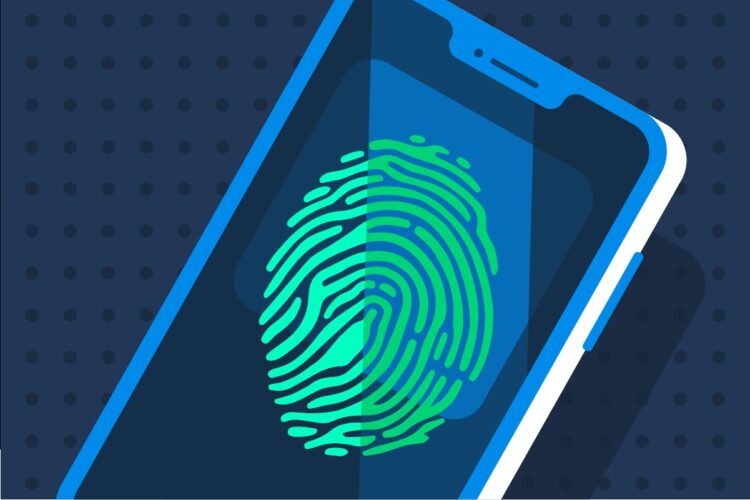-
DEVICE FINGERPRINTING- MEANING
The practice of gathering data on a device’s software and hardware setup to uniquely identify it is known as “device fingerprinting.” This data is then examined and compared to a database of recognized device fingerprints to ascertain if the device is new or has been seen previously. Learn about device fingerprinting risk scoring
-
BROWSER FINGERPRINTING- MEANING
A subset of device fingerprinting known as “browser fingerprinting” focuses on gathering data about a web browser and its configurations to generate a unique device identification for each user. Browser fingerprinting focuses solely on gathering information on the user’s web browser and its settings.
-
MOBILE DEVICE- FINGERPRINTING
To generate a unique identity for every device, mobile device fingerprinting is a subset of device fingerprinting that focuses exclusively on gathering data about mobile devices, such as smartphones and tablets.
-
DEVICE FINGERPRINT TRACKER
A software application or service known as a device fingerprint tracker gathers and examines information from a device’s hardware and software setup to provide a special identification, or “fingerprint,” for the device. These create a profile of a user’s interests and habits by following their fingerprint across several websites and applications.
-
WHO EMPLOYS DEVICE FINGERPRINTING?
Many different areas and industries employ device fingerprinting, including:
- Online Advertising
- E-Commerce
- Banking and Finance
- Cyber Security
- Government and Law Enforcement
- Health Care
-
TRACKING METHODS UNDER DEVICE FINGERPRINTING
Device fingerprinting employs a variety of online tracking techniques, many of which include JavaScript. The following are some of the most popular tracking techniques used by many people in fingerprinting devices:
- User Agent Tracking
- Cookies Usage
- Canvas Fingerprinting
- Web Beacon Tracking
- Audio and Video Fingerprinting
- Tracking of IP Address
-
DEVICE FINGERPRINTING
7.1 WAYS OF USAGE
Here are three instances of how fraud may be avoided through the use of device fingerprinting:
- Login Authentication
- Transaction Monitoring
- Fraud Detection
7.2 ACCURACY
Device fingerprinting is a useful technique for preventing fraud since it may identify distinctive device features. Device fingerprinting may precisely identify a device, even in cases when malevolent actors utilize VPNs or covert surfing. Device fingerprinting is a useful technique for ensuring safe and reliable transactions because of its precision in recognizing devices.
7.3 HAZARDS ASSOCIATED
The following are a few principal dangers connected to device fingerprinting:
- Tracking and Profiling
- Identification and Authentication
- Security Risks
- Data Misuse
- No Transparency
7.4 WAYS TO BLOCK
The following are some of the strategies that users can employ to safeguard their privacy and reduce the success rate of device fingerprinting:
- Usage of Privacy Browse Extensions
- Virtual Private Network
- Change Browser Settings
- Reduce engaging in Online Activities
7.5 LEGAL REGULATIONS
Device fingerprinting data collection, usage, and sharing are governed by several laws and regulations, including the following:
- General Data Protection Regulation
- California Consumer Privacy Act
- Children’s Online Protection Privacy Act
-
ARKOSE LABS
Arkose Labs is the industry leader in bot management platforms. We use a comprehensive strategy that combines behavior biometrics, IP reputation, and device fingerprinting with our Match Key Challenge solution, which detects and foresees malicious activity.

